Asthma Cooperative Agreement Partner Profile – Montana
The Montana Asthma Control Program (MACP) has been part of CDC’s National Asthma Control Program since 2000. They work alongside partners to improve the quality of asthma care, improve asthma management in schools, and foster policies to help reduce exposure to asthma triggers in outdoor, indoor, and workplace environments.
Strategies in Action
- MACP funds local county health departments to implement the Montana Asthma Home Visiting Program (MAP), providing asthma self-management and trigger reduction education in 6 sessions over 12 months for children and adults with uncontrolled asthma. Participants who have completed the full six-visit series have experienced an 87% decrease in emergency department visits and an 80% decrease in missed school days due to asthma. A 2018 evaluation estimated $2,124 in cost savings per child, with savings resulting from avoided healthcare utilization that was sustained up to 2 years after completing the program. Nine MAP sites, consisting of eight local county health departments and one federally qualified health center, provide in-person home visiting services to 25 counties within their direct catchment area. These sites have demonstrated the capacity to sustain and adapt the program. In 2020, the nine MAP sites began offering the program virtually to provide services to all 56 Montana counties.
- In 2010 MACP began offering a school mini-grant program to encourage school nurses and certified asthma educators (AE-Cs) to apply for funding for asthma-related projects in K–12 schools. A total of 149 different grants have been awarded to 31 separate schools or school districts supporting projects like providing asthma self-management education to students and their parents, asthma training for school personnel, assessments of school chronic disease management policies, referring students with uncontrolled asthma to the asthma home visiting program, and support for asthma related continuing education for health personnel. As a result of these funded activities, school nurses have been better able to access to asthma resources, especially in rural areas.
- The Community Integrated Health (CIH) program allows emergency care providers to work in innovative ways to connect community members with the healthcare and social services they need, without routing through an unnecessary EMS transport and emergency department visit. Montana’s CIH program was implemented in seven sites in 2021 and 2022, with 29 patients seen for asthma and a total of 258 visits. The CIH program has been very successful at keeping patients out of the emergency department and helping them connect to providers via telehealth visits. Patients with uncontrolled asthma can be referred by CIH to MAP for additional support. This partnership is designed to expand access to coordinated services in rural areas where people with asthma have fewer services available to help them gain control of their asthma.
- Since 2016, MACP has guided 19 healthcare facilities to complete the yearlong Diagnosing and Managing Asthma (DMA) outpatient clinic quality improvement project. DMA provides continuing education credits and training to healthcare providers and technical assistance to develop, implement, and measure a clinic quality improvement project. Clinics engaged in DMA conduct asthma Quality Improvement (QI) activities including, but not limited to, adding spirometry into clinic workflows, increasing the percentage of patients receiving Asthma Action Plans (AAPs), improving patients’ asthma medication ratio, improving the percentage of patients who receive AS-ME, and increasing referrals to smoking cessation services. One group of pediatric clinics saw an increase from 9% of patients with AAPs at baseline to 91% with AAPs at the end of the project in 2021. The same group also saw a 35% increase in asthma patients who received an influenza vaccine that year.

Asthma by the numbers:
89,552 Adults with asthma
12,862 Children with asthma
In 2020, a total of 89,552 Montana adults (10.6% of the adult population) had asthma, and 12,862 Montana children ages 0–17 years (5.9%) had it.
1,657 ER visits
220 Hospitalizations
In 2021, Montana saw 1,657 emergency department (ED) visits and 220 hospitalizations due to asthma.
National Asthma Control Program: EXHALE
E
on asthma self-management
X
smoking and exposure to secondhand smoke
H
visits for trigger reduction and asthma self-management education
A
of guidelines-based medical management
L
and coordination of care across settings
E
policies or best practices to reduce asthma triggers from indoor, outdoor, or occupational sources
CDC’s National Asthma Control Program (NACP) and its partners help people with asthma achieve better health and improved quality of life. NACP developed EXHALE, a set of six public health strategies that each contribute to better asthma control.
Each EXHALE strategy has been proven to reduce asthma related hospitalizations, emergency department visits, and healthcare costs. Using the EXHALE strategies together in a community can have the greatest impact.


